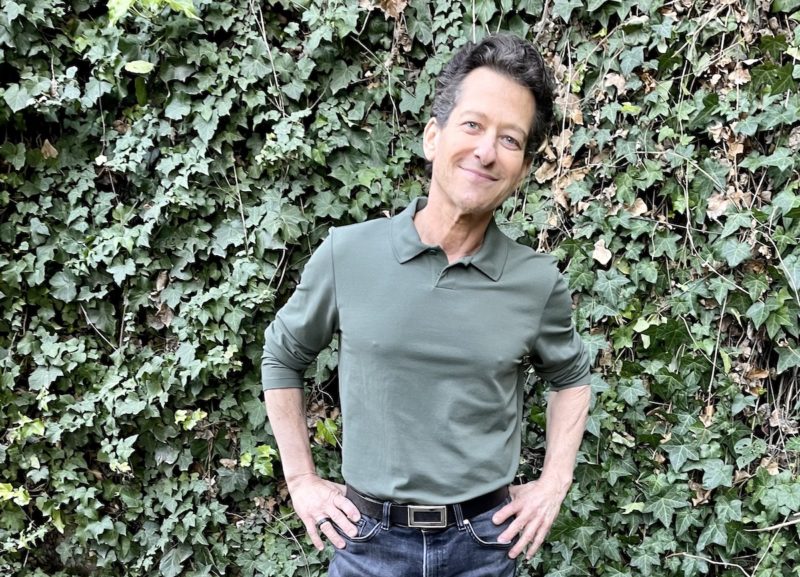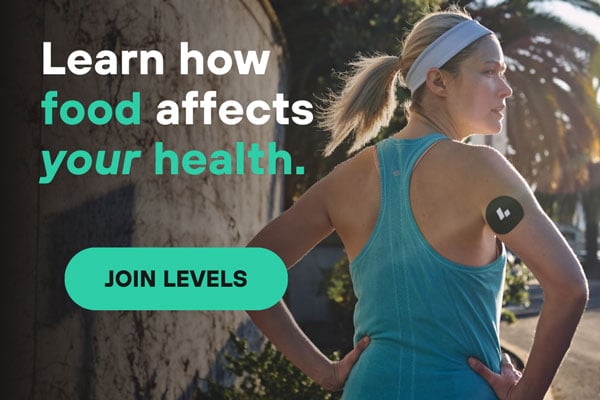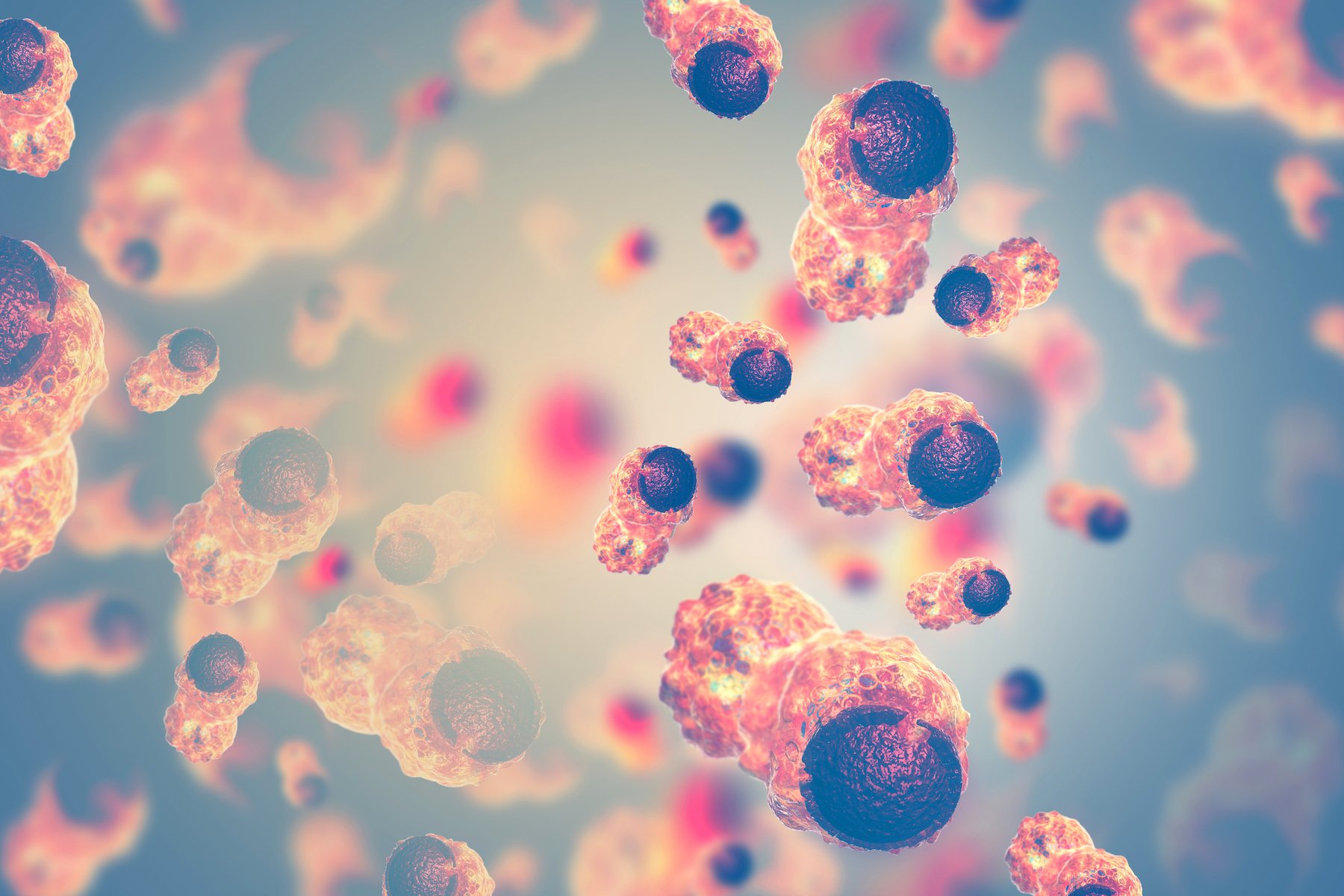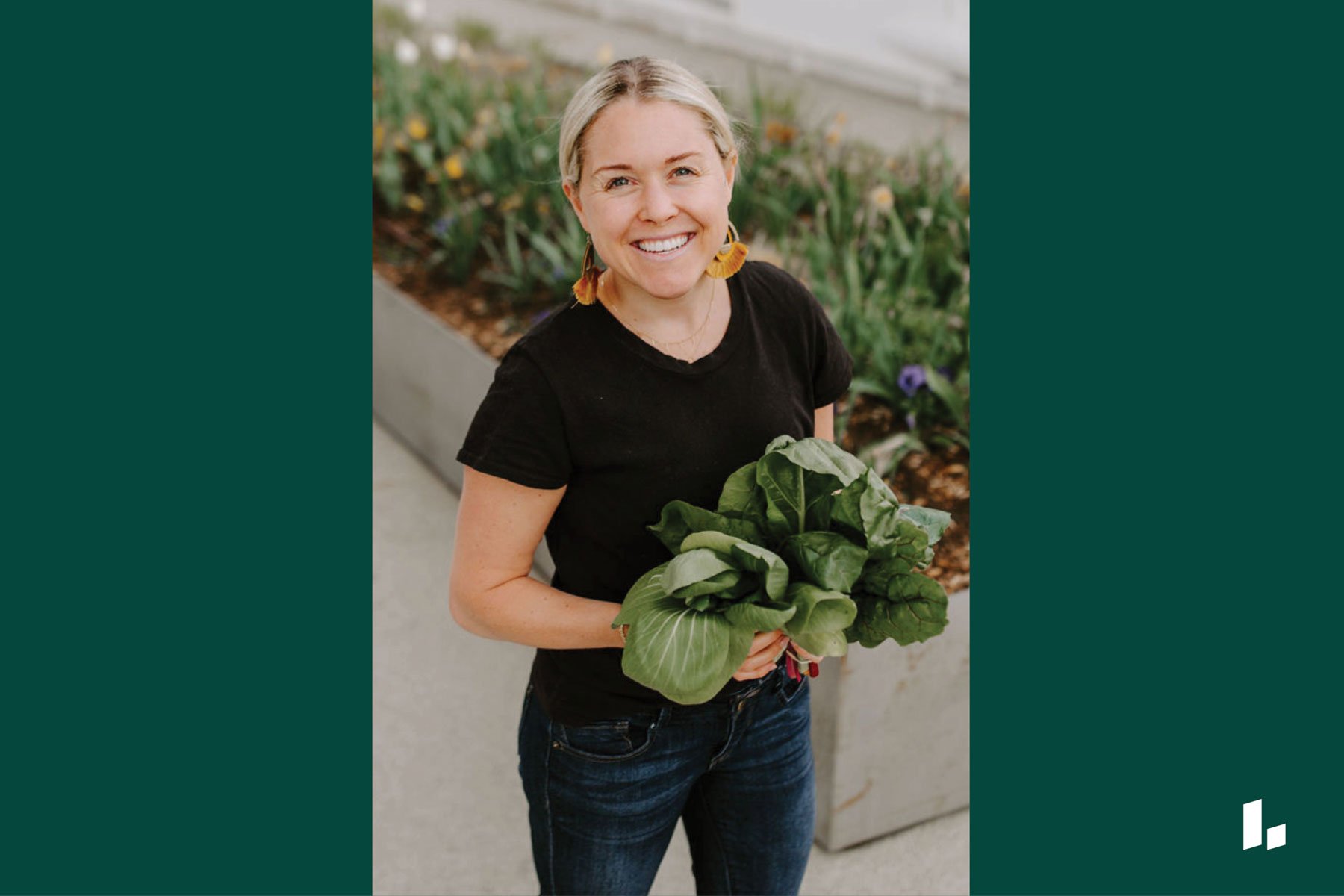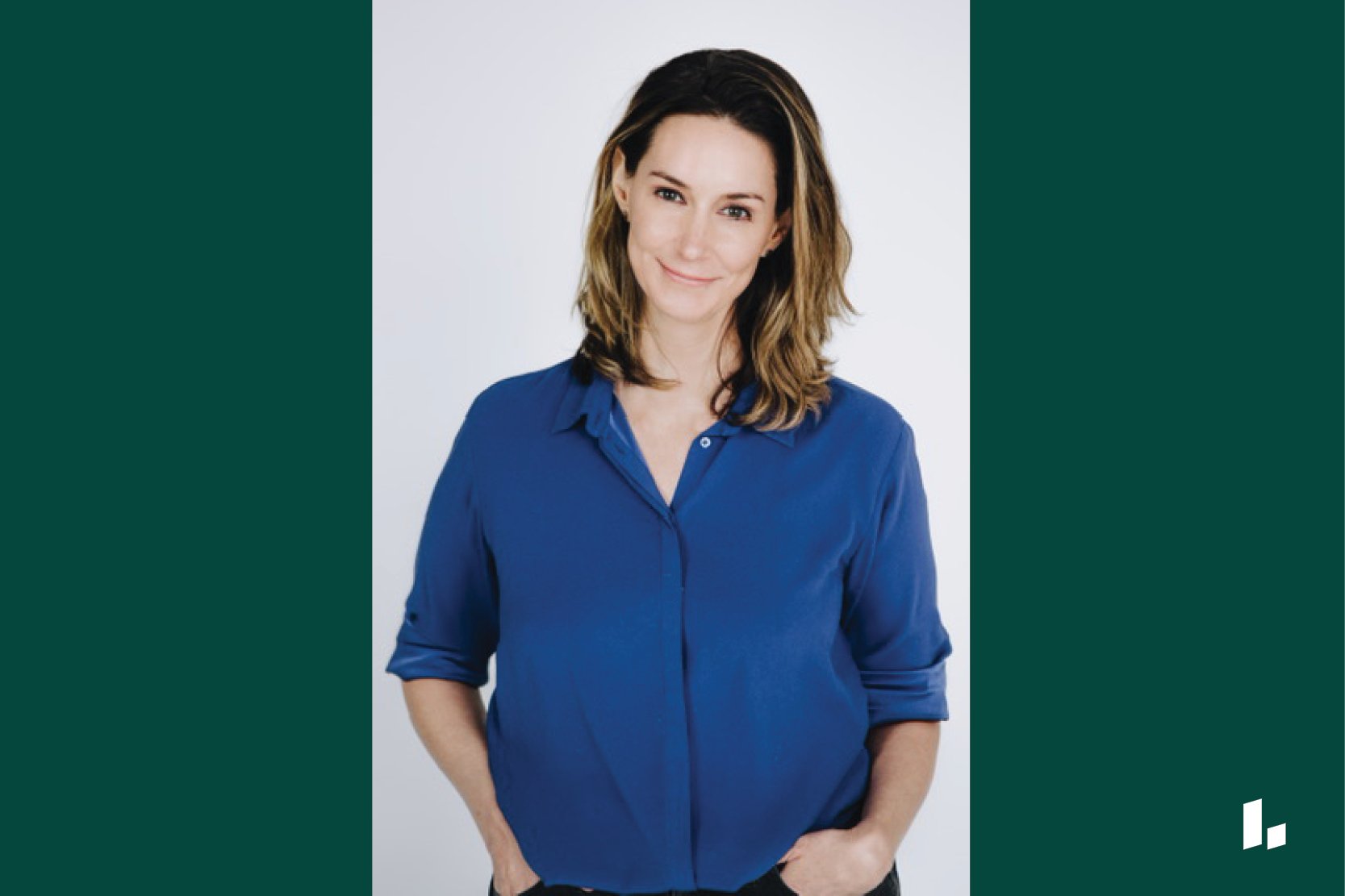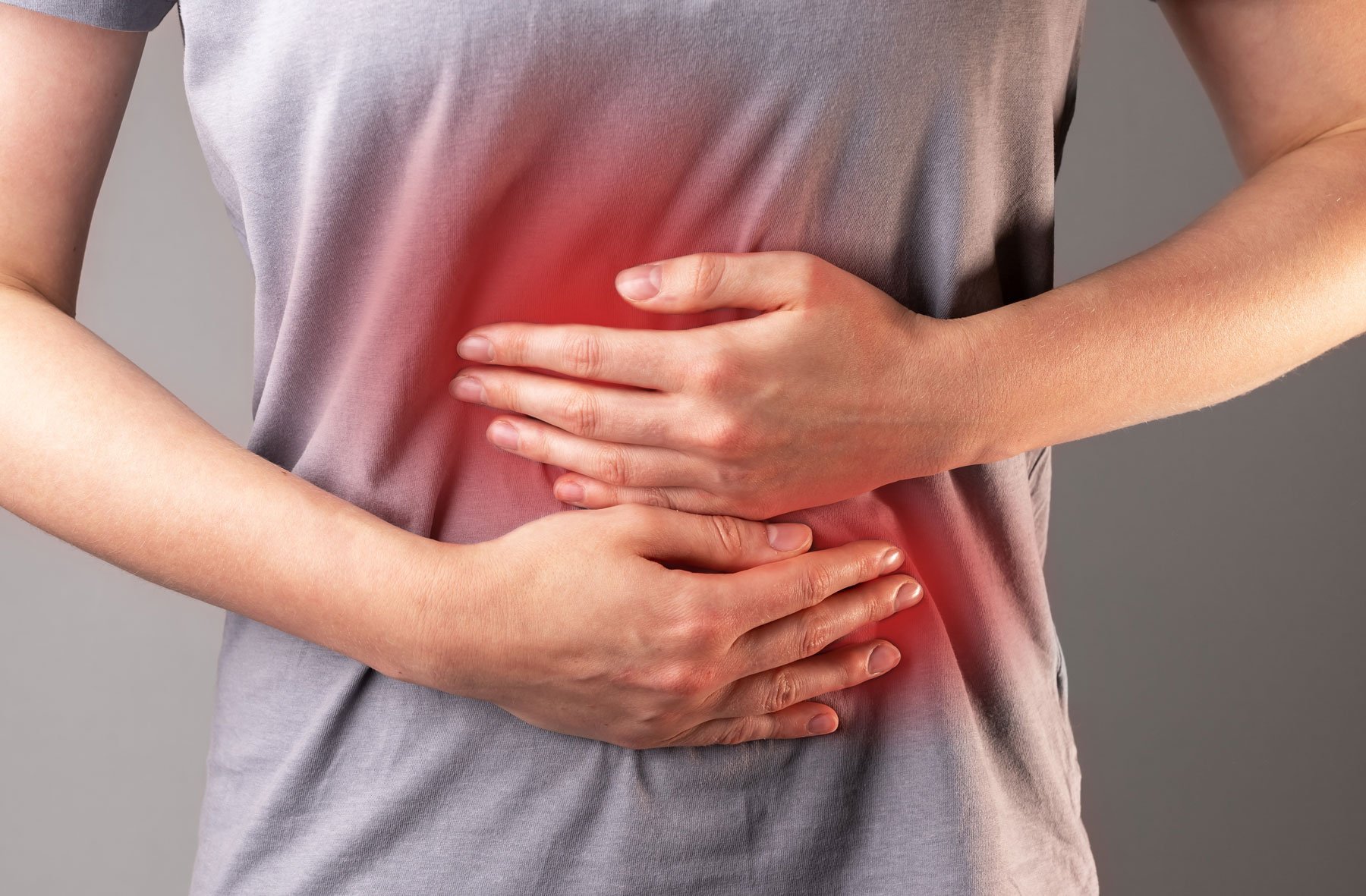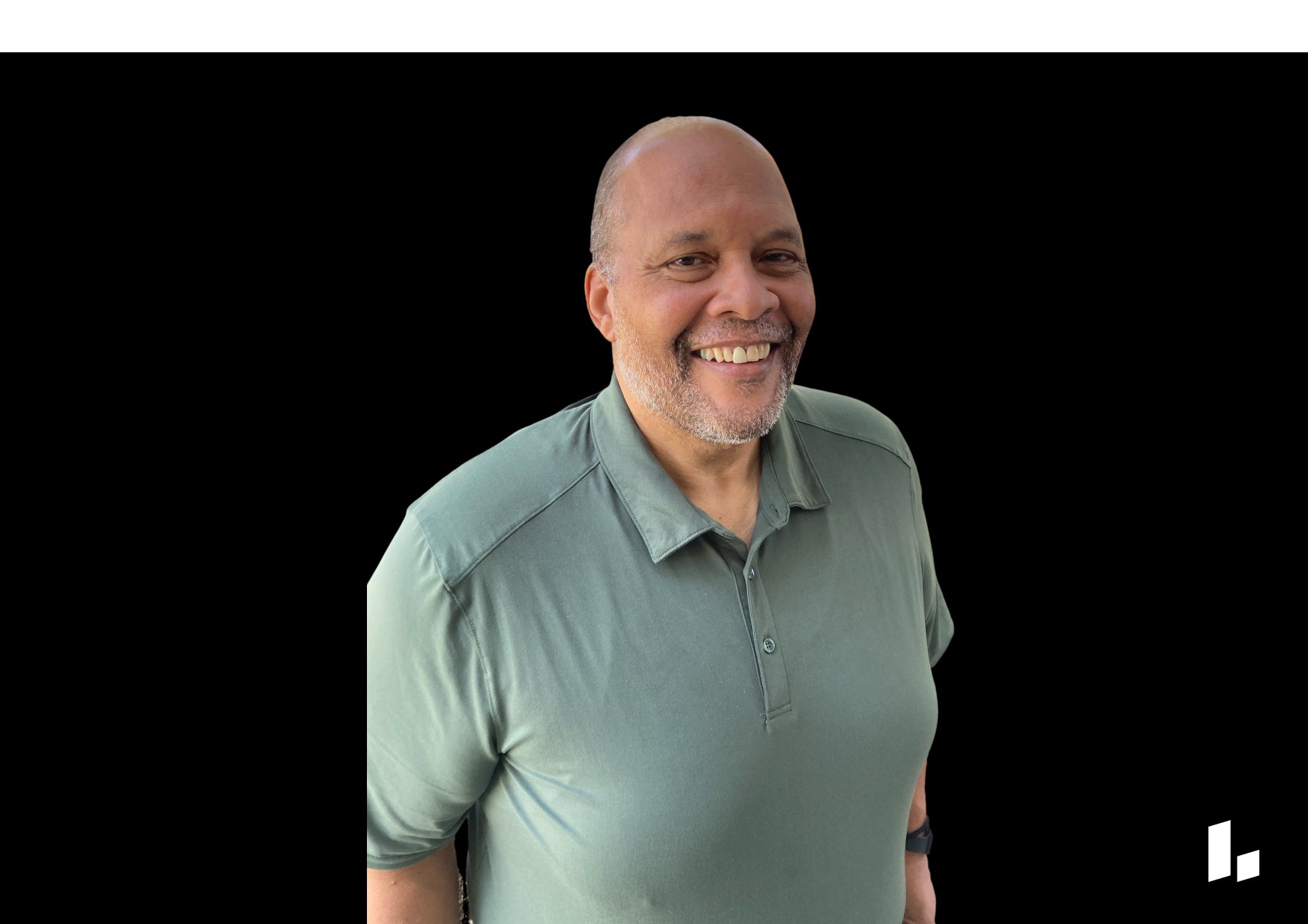Member Profile:
Who: Dave Phillips, 58
Where: Los Angeles
Time with Levels: Six months
Most Useful Takeaway: The continuous feedback of the CGM helped me optimize my diet, get my body fat down to 11%. These changes to my diet and body composition helped, and starve my cancer.
1. What was your health like before using Levels?
I grew up playing lots of soccer and was physically active throughout my career in Hollywood. But in 2005, before my daughter was born, I began to have back issues, which led to surgeries and an artificial disc inserted in my back in 2016. Recovery as a single dad was hard, and I always felt the single biggest differentiator of my pain was 10 to 15 pounds either way.
In 2018 I was diagnosed with early to moderate prostate cancer after my internist suggested a PSA test, and the results were high enough to indicate a biopsy. Aside from certain skin cancers, prostate cancer is the most common cancer in men. Rather than treat my cancer then, my doctors suggested active surveillance to monitor its growth.
Fast forward three years to April 2021, when during the pandemic, testing showed my cancer had grown and was aggressive due to an inherited genetic mutation called BRCA-2 which affects 1 out of 400 men (albeit 1 out of 40 of Ashkenazi descent) and increases their risk of prostate cancer by 35%. Since genetic testing is powerful but very new, doctors were divided on how to approach treatment. So, my second team of urologists who put me on surveillance recommended the complete removal of my prostate or radiation. After reading stories online from former patients, there was no way I was giving up my prostate without a fight.
I sought out several opinions, did more research, and decided on focal laser ablation (FLA), which avoided many side effects of full gland removal or radiation. Before the procedure, I asked my doctor if I could have three months to get in the best shape I could through lifestyle changes to help put my body in the best position to win. My doctor said yes.
Related Article:
2. What made you want to put a CGM on your arm?
After watching the documentary The Game Changers, I lost 25 pounds over three months through HIIT training and going vegan. Following surgery, I got mad when I gained 10 of those back in three weeks. That’s when I read about Levels and signed up on their waitlist for the Beta app. I had never heard of metabolic health, but I thought it sounded smart to get biofeedback, which could help me with my cancer journey if I could see what sugar was doing to my body. I was determined to learn all I could so I could lead a normal life.
After six months on Levels, I lost an additional 20 pounds recording and following the suggestions on the app. My metabolic age dropped three years to 55, and my body fat dropped to 11%. In March of this year, blood tests and an MRI confirmed there was no longer any evidence of disease. Obviously, I still have the BRCA-2 variant, but I believe Levels and regular testing every few months will help me closely monitor my body.
Learn more:
3. What did you learn about your diet when using the CGM?
A ton, especially from all the Levels’ food data. While I primarily eat vegan now, with fish and egg whites just once a week, the CGM showed me that my scores go haywire when I cheat, which affects my energy level, mood, and sleep. At one point, when my daughter and I flew to Boston, I took six days off my diet, ate chicken, pasta, and sugar again, and gained 13 pounds. However, when I got back home, after two weeks of paying close attention to Levels, I was able to lose it all–plus another five.
To regulate my blood sugar, Levels said I should begin all meals consuming good fats, then protein, then carbs. I never eat carbs on their own now, especially at night. In addition, other tweaks that helped were drinking an ounce of white vinegar with meals (or taking apple cider vinegar capsules four times a day), adding cinnamon to snacks (e.g., on an apple), and waiting two hours after meals before drinking any liquid. I also became an intermittent faster who only eats over a six-hour window from 12:30 to 6:30 p.m. I also work out in the morning to burn fat before eating anything (except for my Bulletproof coffee with monk fruit and MCT oil).
When faced with a proper health scare, after gathering all the information I could process, I soon realized the first and best defense was changing my habits above all.
4. What non-diet things did you learn?
I learned how your body does its best work in autophagy when no food is eaten for 15 to 17 hours to focus on sleep and repair and the importance of getting seven to eight hours of sleep a night. Because of that, I have created rules for myself surrounding sleep. I must be in bed by 9 p.m. with no phone or computer light, all texts and calls silenced, and zero light in my bedroom. When I wake at 5:30 am, my immediate focus is on light stretching, positive acknowledgment of how far I have come, and awareness of how okay it is to be exactly where I am.
My workouts have also gotten shorter because I have learned to work out smarter. My program is two quick “30-minute” HIIT workouts a week and one day of weight training. In addition, I also walk my dog after each time I eat. This helps keep my blood sugar in a stable range of between 70 to 110 mg/dL for most of the day when I am functioning on all cylinders.
5. What are your goals for the future?
I’m going to remain on this proven approach and diet for the rest of my life and try to pass on the knowledge I’ve gained to others as best I can because I know it makes a difference.
Due to my BRCA-2 variant and the focal surgery option I chose, my prostate cancer can always come back, so I must keep an eye on it.
I encourage every man to get screened for prostate cancer as early as possible and get genetic screening. [Editor’s note: talk to your doctor about what’s right for you.] Had I known earlier about my genetic markers, I may have been able to make better choices earlier, so using all available knowledge is critical. The American Cancer Society recommends PSA testing at age 50, but those at higher risk should get it between 40 and 45. When faced with a proper health scare, after gathering all the information I could process, I soon realized the first and best defense was changing my habits above all.
